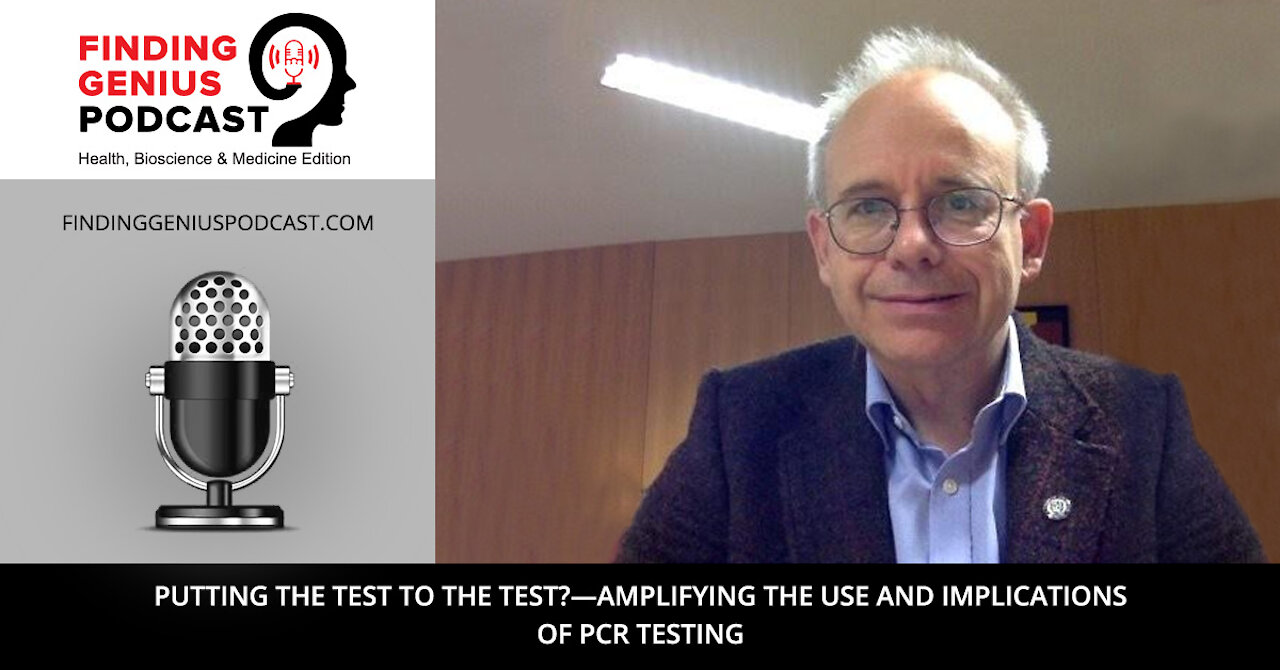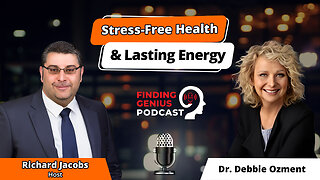Premium Only Content

Putting the Test to the Test?—Amplifying the Use and Implications of PCR Testing
For most, PCR testing was a topic confined largely to the world of molecular biology textbooks before its widespread use during the ongoing virus situation.
Mention of the test can be heard almost everywhere at this point, but do we know how it actually works? Do we understand its intended use, and what it can actually tell us?
Press play to learn:
The strengths and limitations of PCR testing, and the implications related to the current virus situation
What a ‘cycle threshold’ is, whether it needs to be known for detecting the target virus, and what it means if it isn’t known
How the use, results, and interpretation of a PCR test can be affected by who or which lab is carrying it out
Professor of molecular medicine at Anglia Ruskin University, Stephen Bustin, has spent years trying to improve the quality of molecular testing for diagnostic and research purposes. This includes PCR (polymerase chain reaction) and RT-PCR (reverse transcription polymerase chain reaction) testing, a method that’s become the topic of much conversation—even among general members of the public—since the early stages of the current virus situation.
Bustin explains the development of the PCR and RT-PCR testing method, the details of how it works via amplification of RNA, and what it can and can’t accomplish. He also discusses the necessary parameters for using the test to detect a particular virus, the discrepancy between clinical information and a positive or negative PCR test result, the risk of contamination, critical measures to take prior to and during the use of the PCR method (and whether they were taken during the early stages of the current virus situation), the interpretation of PCR test results, and more.
Episode also available on Apple Podcasts: apple.co/30PvU9C
-
 37:09
37:09
FGP
2 days agoVitality Made Simple: Dr. Debbie Ozment On Stress-Free Health & Lasting Energy
18 -
 0:04
0:04
StrongsvilleChristianChurch2020
4 years agoTesting test
109 -
 0:11
0:11
infinityandbeyond
4 years ago $0.01 earnedTest testing
325 -
 5:29
5:29
Apocalypse1
4 years agoPutting A Wheat Grinder To The Test
120 -
 0:02
0:02
KactusRose
4 years agoTEST PTD00019 - McDow Hole . . . TESTING
16 -
 8:25
8:25
LifeAdventuresWithCam
4 years ago $0.03 earnedTesting a bouncer
58 -
 1:08
1:08
voeun
4 years agoPutting food rabbits
21 -
 2:55:50
2:55:50
The Pascal Show
14 hours ago $1.86 earnedMASSIVE CHAOS?! Transportation Secretary Hold Presser On Air Travel & More
13.1K2 -
 1:06:35
1:06:35
TruthStream with Joe and Scott
1 day agoZero Limits Round Table with Joe Vitale, Lisa Schermerhorn and more of the cast!
19.9K1 -
 LIVE
LIVE
Lofi Girl
2 years agoSynthwave Radio 🌌 - beats to chill/game to
215 watching